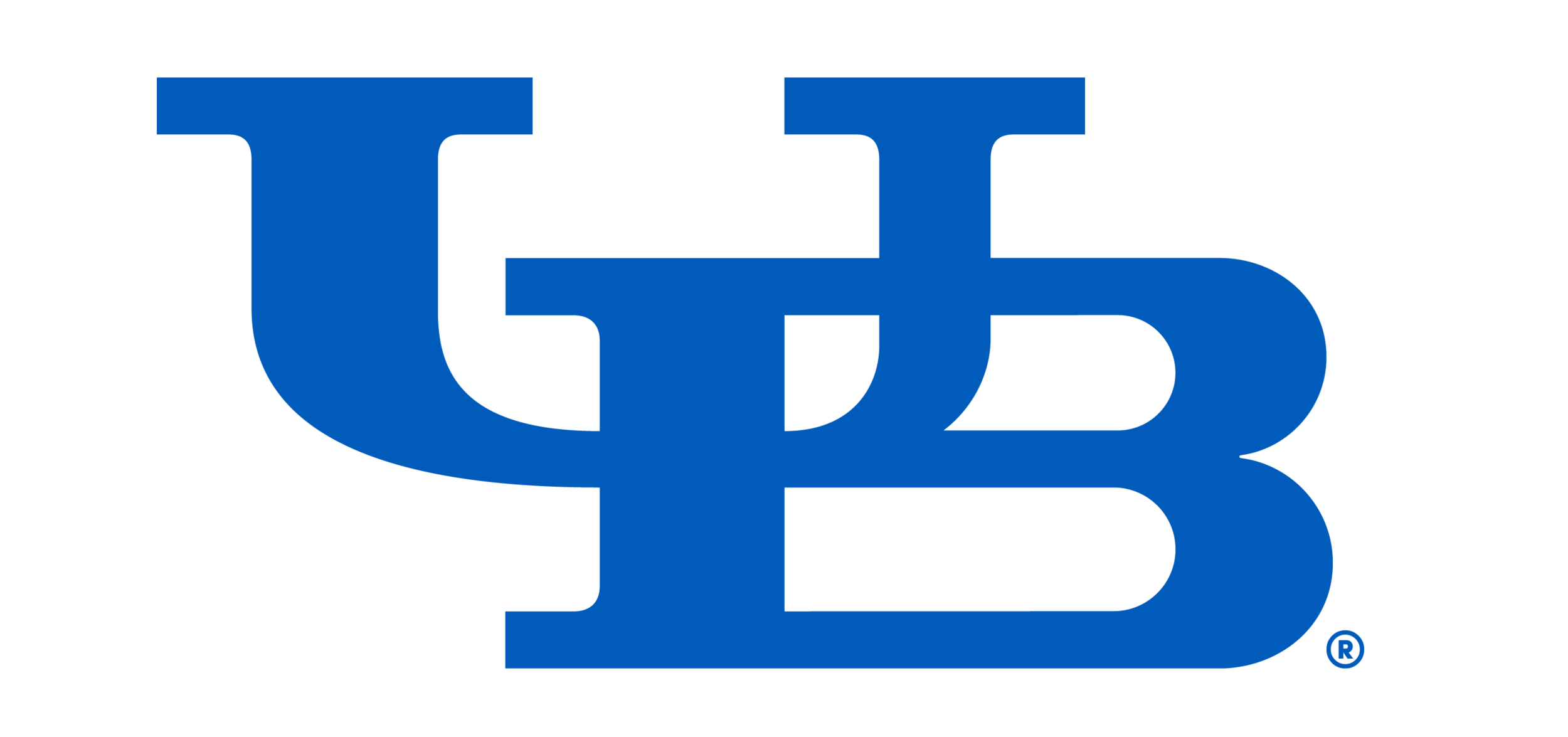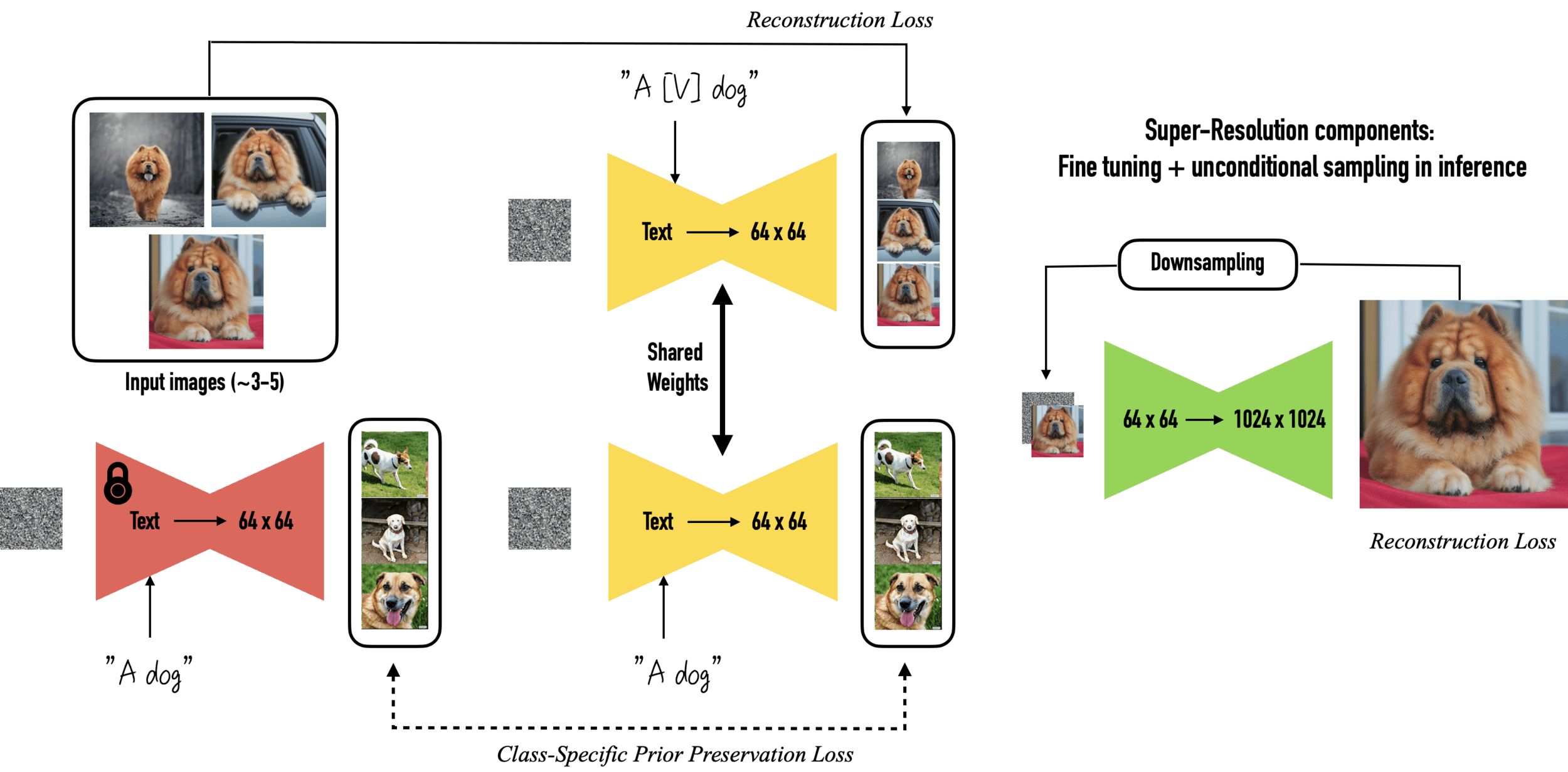Naresh Kumar Devulapally
Unlearnable Samples
Crafting Unlearnable Samples for Latent Diffusion Models
Naresh Kumar Devulapally

Target: ACM MM 2025
Spring 2025
Naresh Kumar Devulapally

Refresher on Diffusion Models: Forward Diffusion
Spring 2025
The forward process gradually adds Gaussian Noise
noisy version of
at
noise schedule
at
identity matrix
Direct Sampling relation:
where
where
scales down
noise magnitude
:
:
:
:
:
Unlearnable Samples
Naresh Kumar Devulapally
CSE 4/573 Computer Vision

Refresher on Diffusion Models: Reverse Diffusion
Spring 2025
Naresh Kumar Devulapally

Refresher on Diffusion Models: Reverse Diffusion
Spring 2025
Goal is to learn to reconstruct from
denoise one step
predicted mean of the denoised image at step \( t \)
learned variance at step \( t \)
:
:
:
Since learning \( \Sigma_\theta(x_t, t) \) is difficult, diffusion models approximate it as a fixed schedule or predict only the mean \( \mu_\theta(x_t, t) \).
Instead of directly predicting \( x_{t-1} \), modern diffusion models predict the added noise \( \epsilon \) and derive \( x_{t-1} \) from it:
Unlearnable Samples
Naresh Kumar Devulapally
CSE 4/573 Computer Vision

Refresher on Diffusion Models: Reverse Diffusion
Spring 2025
Naresh Kumar Devulapally

Refresher on Diffusion Models: CFG
Spring 2025
\( c \) is the textual conditioning
Classifier-Free Guidance (CFG) removes dependence on external classifiers by using the model itself.
CFG enhances text alignment while preserving image quality.
\( \epsilon_\theta(x_t, t, c) \) be the model's noise prediction with text conditioning \( c \).
\( \epsilon_\theta(x_t, t, \varnothing) \) be the model's noise prediction without text conditioning \( c \).
\( w \) is the guidance scale
Using the new noise estimate \( \tilde{\epsilon}_\theta(x_t, t, c) \), the revised mean estimate for denoising is:
Unlearnable Samples
Naresh Kumar Devulapally

Personalized T2I generation: DreamBooth
Spring 2025
DreamBooth fine-tunes a pretrained text-to-image diffusion model to personalize it for a specific subject.
The challenge is fine-tuning a subject-specific embedding without overfitting or losing general knowledge
The training objective consists of two key loss terms:
subject-specific representation
prior knowledge of the general class
Gradient Update:
Finetunes all UNet parameters
See figure in the slide below
Unlearnable Samples
Naresh Kumar Devulapally

Personalized T2I generation: DreamBooth
Spring 2025

Unlearnable Samples
Naresh Kumar Devulapally

Personalized T2I generation: DreamBooth
Spring 2025
DINO Score (Deep Image Representation Similarity)
\( f(x) \) is the feature embedding extracted from a self-supervised ViT (DINO model).
Higher DINO scores indicate better subject fidelity.
CLIP-I (CLIP Image Similarity)
DINO Score (Deep Image Representation Similarity)
CLIP-T (CLIP Text Similarity)
Unlearnable Samples
Naresh Kumar Devulapally

Personalized T2I generation: Textual Inversion
Spring 2025
Textual Inversion personalizes pretrained text-to-image diffusion models by learning new word embeddings instead of fine-tuning the model.
A unique pseudo-word is learned that represents a subject, allowing it to be used in new prompts.
The model is trained to learn a new embedding \( v^* \) that represents the subject while keeping the diffusion model frozen.
Optimize the embedding \( v^* \) so that the model associates it with the subject’s features.
See figure in the slide below
Finetunes \( v^* \) embeds.
Frozen
Unlearnable Samples
Naresh Kumar Devulapally

Personalized T2I generation: Textual Inversion
Spring 2025

Unlearnable Samples
Naresh Kumar Devulapally

Personalized T2I generation: Textual Inversion
Spring 2025
FID (Fréchet Inception Distance)
FID measures how similar the distribution of generated images is to the distribution of real images using deep feature embedding
\( (\mu_g, \Sigma_g) \) are the mean and covariance of generated images.
Peak Signal-to-Noise Ratio (PSNR)

LPIPS
\( f(x) \): CNN
\( (\mu_r, \Sigma_r) \) are the mean and covariance of real images in the feature space of a pretrained Inception network.
\( d(\cdot) \) distance function
Unlearnable Samples
Naresh Kumar Devulapally

Unlearnable Examples to counter personalization
Spring 2025
General Framework:
Approach: Introduce adversarial noise perturbations to ensure that certain images become unlearnable.
Goal: Prevent a diffusion model from learning and reproducing specific images while maintaining its generalization capability.
Unlearnable Samples
Naresh Kumar Devulapally

Related work: AdvDM (Mist)
Spring 2025
Gradient Estimation with Monte Carlo
Projected Gradient Descent to control \( x_0^{(i+1)} \)

Unlearnable Samples
Naresh Kumar Devulapally

Related work: AdvDM (Mist)
Spring 2025
Datasets:
Metrics:
LSUN, WikiArt
FID, Precision, Recall
Unlearnable Samples
Naresh Kumar Devulapally

Related work: Anti-DreamBooth
Spring 2025



Unlearnable Samples
Naresh Kumar Devulapally

Related work: Anti-DreamBooth
Spring 2025

Needs access to Reference clean set to maintain structural similarity.

Space requirement
Fine-tunes UNet
Unlearnable Samples
Naresh Kumar Devulapally

Related work: Anti-DreamBooth
Spring 2025
Datasets:
Metrics:
CelebA-HQ, VGGFace2
FDFR, ISM, SER-FQA, BRISQUE
Unlearnable Samples
Naresh Kumar Devulapally

Related work: SimAC
Spring 2025



Unlearnable Samples
Naresh Kumar Devulapally

Related work: SimAC
Spring 2025
Unlearnable Samples
Datasets:
Metrics:
CelebA-HQ, VGGFace2
FDFR, ISM, SER-FQA, BRISQUE
Naresh Kumar Devulapally

Related work: Metacloak
Spring 2025
Unlearnable Samples

Takeaway: Low robustness of existing methods
Naresh Kumar Devulapally

Related work: VCPro
Spring 2025
Unlearnable Samples

Takeaway: Low invisibility of existing methods

Naresh Kumar Devulapally

Limitations of current works
Spring 2025
Unlearnable Samples
Invisibility
Robustness to Diff based attacks
Parameter efficiency
Plug and Play
Idea 1: Textual Inversion for invisible adversarial patch generation.
Idea 2: Linear and Non-Linear transformation in Latent subspace for unlearning.
Naresh Kumar Devulapally

Ideas and Experiments
Spring 2025
Unlearnable Samples
Adversarial training in image space.
Builds on VCPro. (VCPro code not available)
Takeaways: Low Robustness, Visible Perturbation.

Naresh Kumar Devulapally

Ideas and Experiments
Spring 2025
Unlearnable Samples
Finetuning VAE decoder in LDM.
Similar to Stable Signature
Takeaways: Med Robustness, Visible Perturbation.
Naresh Kumar Devulapally

Ideas and Experiments
Spring 2025
Unlearnable Samples
Finetuning TI token embeddings for \( \tau^* \) steps
Takeaways: Robust, Invisible, High Training time.



Ours
Mist

Ours

Naresh Kumar Devulapally

Ideas and Experiments
Spring 2025
Unlearnable Samples
Finetuning TI token embeddings for \( \tau^* \) steps
Takeaways: Robust, Invisible, High Training time.


Original
Ours
Ours

Naresh Kumar Devulapally

Ideas and Experiments
Spring 2025
Unlearnable Samples
Finetuning TI token embeddings for \( \tau^* \) steps
Takeaways: Robust, Invisible, High Training time.


Diff image
Img2Img
Naresh Kumar Devulapally

Ideas and Experiments
Spring 2025
Unlearnable Samples
Performance with attacks
Takeaway: Latent-level training is more robust to diffusion attacks.

Naresh Kumar Devulapally

Ideas and Experiments
Spring 2025
Unlearnable Samples
Idea 2: Learning transformations at latent space.
where
where
Recap: Forward Diffusion

Naresh Kumar Devulapally

Ideas and Experiments
Spring 2025
Unlearnable Samples
Idea 2: Learning transformations at latent space.
Recap: Unlearning task
\( I_c + \delta \) does not have a specific requirement as long as its OOD for the (Img2Img)
Bring difference in \( I_c \) in latent space, by learning transformation at timestep \( t \)
Naresh Kumar Devulapally

Ideas and Experiments
Spring 2025
Unlearnable Samples
Idea 2: Learning transformations at latent space.
Recap: Unlearning task

Naresh Kumar Devulapally

Ideas and Experiments
Spring 2025
Unlearnable Samples
Idea 2: Learning transformations at latent space.
Unlearning at latent level

Naresh Kumar Devulapally

Ideas and Experiments
Spring 2025
Unlearnable Samples
Idea 2: Learning transformations at latent space.
Unlearning at latent level

Naresh Kumar Devulapally

Ideas and Experiments
Spring 2025
Unlearnable Samples
Idea 2: Learning transformations at latent space.
Related existing research: LOCO-Edit (NeurIPS 2024)

Naresh Kumar Devulapally

Ideas and Experiments
Spring 2025
Unlearnable Samples
Idea 2: Learning transformations at latent space.
Related existing research: LOCO-Edit (NeurIPS 2024)




Local linearity of PMP for one-step, training-free, and supervision-free editing.
Naresh Kumar Devulapally

Ideas and Experiments
Spring 2025
Unlearnable Samples
Related existing research: LOCO-Edit (NeurIPS 2024)

Naresh Kumar Devulapally

Ideas and Experiments
Spring 2025
Unlearnable Samples
Advantages of this method:
1. Works for several timesteps \( t \)
2. \( f_\theta \) exists, and can be learnt and applied to inference pipelines as well.
3. Closed form solution for \( f_\theta \) assuming \( \epsilon_\theta \) to be linear can be derived.
4. 1-step denoising using LCMs and Flow Matching models without changes to diffusion pipeline.
Naresh Kumar Devulapally

Ideas and Experiments
Spring 2025
Unlearnable Samples
Experiments:
- \( f_\theta \) for misclassification (sanity check) (Done)
- \( f_\theta \) for LDM unlearning (Quantitative tabulated)
- Strength of \( f_\theta \) to control invisibility of unlearnable pattern. (ongoing)
- Results on attacks. (todo)